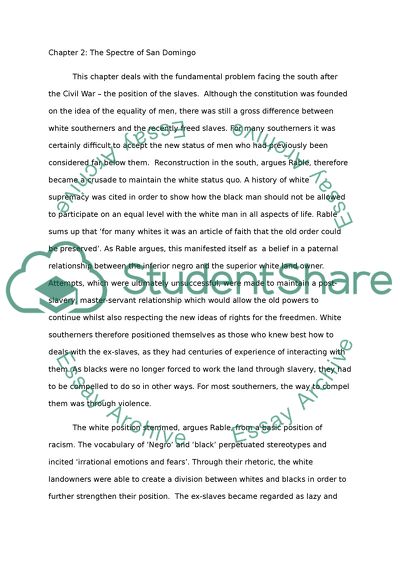Cite this document
(The Role of Violence in the Politics of Reconstruction Book Report/Review, n.d.)
The Role of Violence in the Politics of Reconstruction Book Report/Review. Retrieved from https://studentshare.org/literature/1722509-no-peace
The Role of Violence in the Politics of Reconstruction Book Report/Review. Retrieved from https://studentshare.org/literature/1722509-no-peace
(The Role of Violence in the Politics of Reconstruction Book Report/Review)
The Role of Violence in the Politics of Reconstruction Book Report/Review. https://studentshare.org/literature/1722509-no-peace.
The Role of Violence in the Politics of Reconstruction Book Report/Review. https://studentshare.org/literature/1722509-no-peace.
“The Role of Violence in the Politics of Reconstruction Book Report/Review”, n.d. https://studentshare.org/literature/1722509-no-peace.


